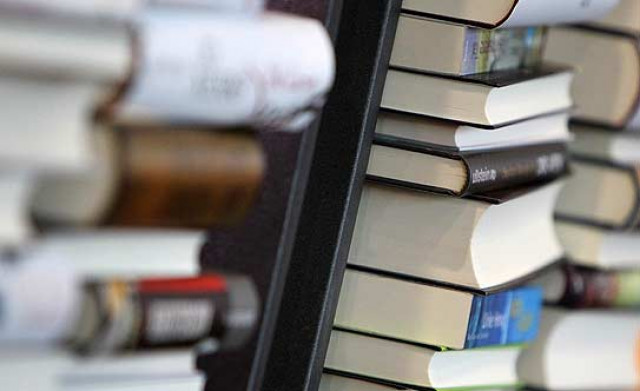
The dynamic brother-sister duo, Sadia Shepard and Cassim Shepard, partnered to provide media students with an insight into the struggles and joys of storytelling through film-making and writing. They were speaking at a session, titled 'The Craft of Storytelling: Narrative Startegies in Film, Writing and Urbanism', at Habib University on Friday.
Four Broken Hearts give a new fix on storytelling
Sadia, the Pakistani American documentary film-maker and author of The Girl from Foreign: A Memoir, started the session by highlighting the significance of storytelling in her life.
"I was aware that Cassim and I were results of our parents' unusual union." Their mother, Samina Qureashi, was a foreign exchange student who fell in love with a Caucasian. Their father was adamant to woo Qureashi and travelled to Pakistan to convince her parents to approve their marriage.
"As an expatriate, my mother brought the world she missed into our home through storytelling," said Sadia. "The life in South Asia, which my mother told me about, a world with multiple wives, complicated joint families living under one roof seemed so different from my realities in the suburbs of Boston."
However, these fascinating stories provided an impetus for Sadia to capture her unique experiences and interactions with people in films and writing.
Unmasking hidden stories
"Anyone who has spent time in Karachi knows just how many vibrant stories there are to be told," said Sadia. "I meet such diverse people here but their narratives are not being projected in United States."
Speaking about her project The Other Half of Tomorrow, Sadia said that the aim was to capture the narratives of women in Pakistan who are defying the stereotypical boundaries of what it means to be a 'Pakistani woman'. She then showed a glimpse into the life of Pakistan female cricket team captain Sana Mir. "It is a privilege to tell another person's story," she added.
Art exhibition: A tradition of storytelling
The language of the storyteller plays an integral role in portraying stories, remarked Cassim. He calls himself an 'urbanist' who produces non-fiction media about cities, buildings and places. "Larger cities are mostly overrepresented is because that is where the researchers are living. We need to realise that all stories of Pakistan are not just based in Karachi or Lahore."
Editing process
"You are constantly making storytelling decisions on your feet in observational documentary regarding who to follow, who to interview and what to shoot. But, the most important decisions are made in the editing room, when you are alone with your fragmented footage," said Sadia while explaining the significance of editing.
Editing as a creation process is quite different from writing or painting, said Cassim. It is paramount as you learn to sequence your shots in order to make an argument, he claimed.
"Cinematic approach is like writing a book only choosing the words you selected last week. You don't compose an argument and then illustrate it, you collect images and then organise them to form a narrative," he added.
Published in The Express Tribune, February 28th, 2016.

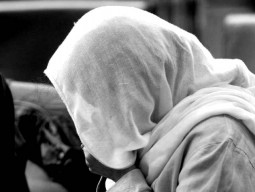

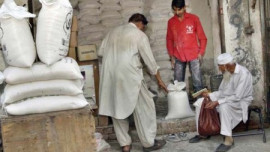
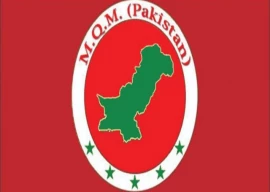
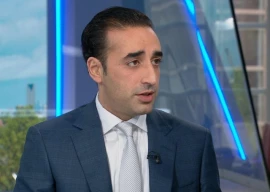












COMMENTS
Comments are moderated and generally will be posted if they are on-topic and not abusive.
For more information, please see our Comments FAQ